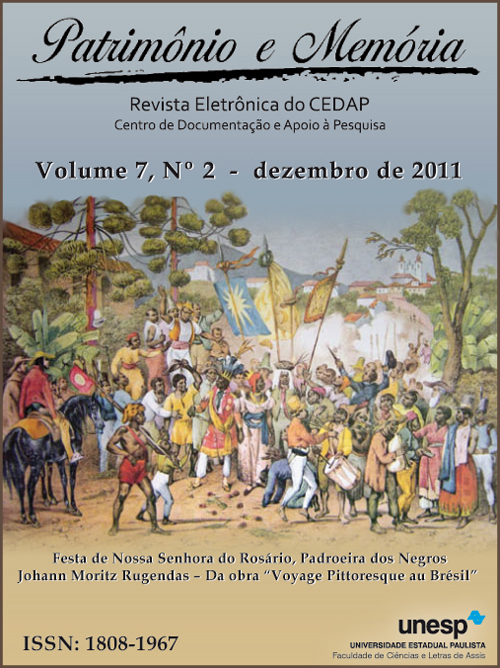That is fun theaches
the debates of the national children's literature commission (1936-1938)
DOI:
https://doi.org/10.5016/pem.v7i2.3769Keywords:
Children's Literature, CNLI, Estado NovoAbstract
In 1936, the Minister of Education, Gustavo Capanema, created the National Commission for Children’s Literature in order to establish public policies with regards to the formation of young readers. This paper aims to question what the National Commission for Children’s Literature, created by the New State government in 1936, conceptually understood as its objective. We analyzed documents found at CPDOC/FGV and discussed the criteria used by that Commission in distinguishing what was literary among the writings for children. We observed that, although the entertaining criteria were first stressed as characteristic of children’s literature, the pedagogic was not excluded as its main component, and in the end it was considered to be decisive. In fact, the ideological concepts concerning children’s literature – nationalism, utilitarianism, among others – are used in the evaluations performed by the CNLI.
References
BAKHTIN, Mikhail (Voloshinov). Marxismo e filosofia da linguagem. São Paulo: Hucitec, 1999. 196 p.
CAPANEMA, Gustavo. GCg 1936.04.29 (rolo 42; ft. 814 a 1061), CPDOC/FGV.
CANDIDO, Antonio. Formação da Literatura Brasileira: momentos decisivos. 6. ed. Belo Horizonte: Itatiaia, 1981. 365 p., 438 p.
LAFETÁ, Luiz João. 1930: A crítica e o modernismo. São Paulo: Duas Cidades, 2000. 283 p.
LAJOLO, Marisa; ZILBERMAN, Regina. A leitura rarefeita livro e literatura no Brasil. São Paulo: Brasiliense, 1991. 177 p.
O MANIFESTO dos Pioneiros da Educação Nova. [Online] Disponível em http://www.pedagogiaemfoco.pro.br/heb07a.htm. Acesso em 20 de abril de 2010.
ZILBERMAN, Regina; MAGALHÃES, Lígia. Literatura infantil: autoritarismo e emancipação. São Paulo: Ática, 1984. 160 p.
VERÍSSIMO, José. A educação nacional. 3ª ed. Porto Alegre: Mercado Aberto, 1985. 145 p.
Downloads
Published
How to Cite
Issue
Section
License
Copyright (c) 2011 Patrimônio e Memória

This work is licensed under a Creative Commons Attribution 4.0 International License.
All the content of the journal, except where noted, is licensed under a Creative Commons BY attribution license.


